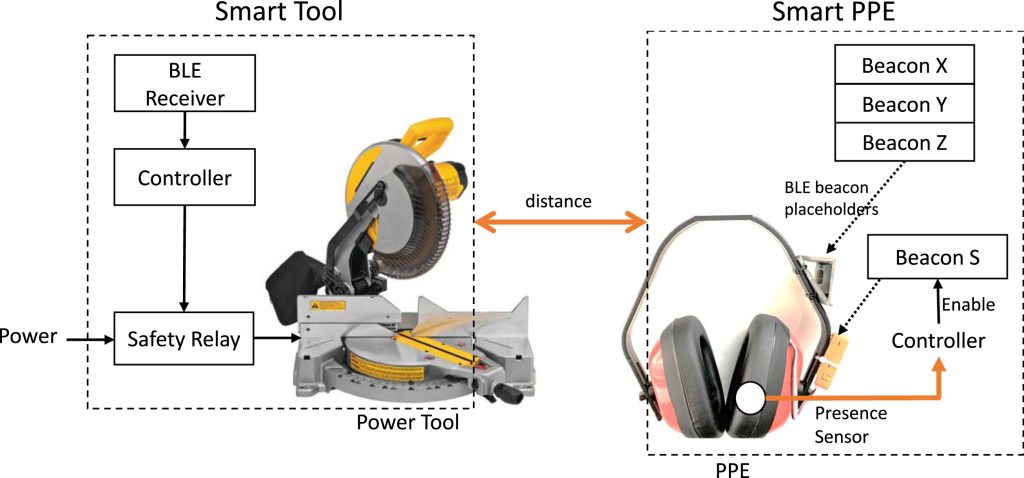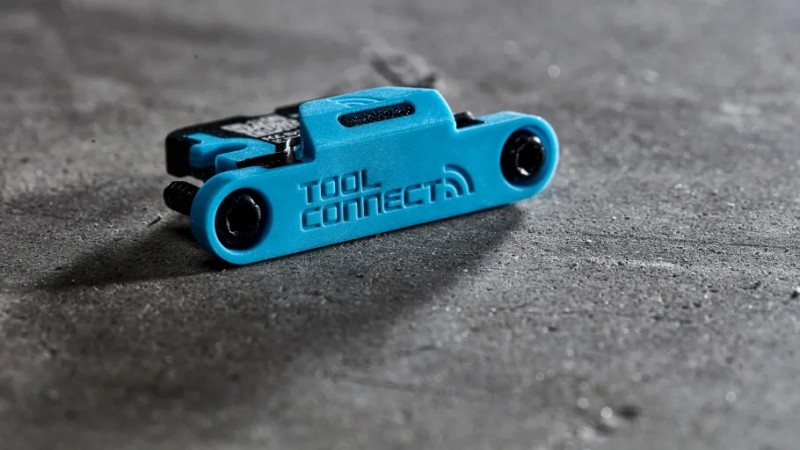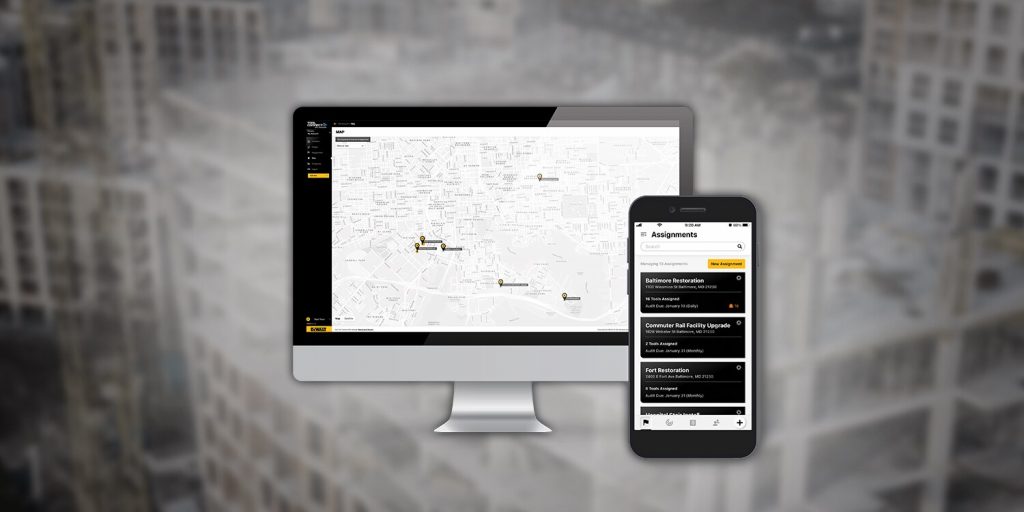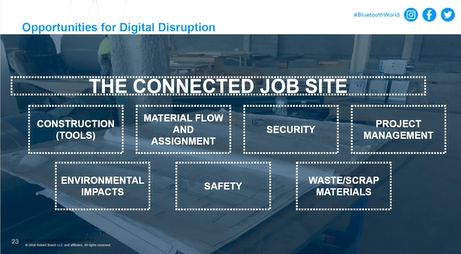Contrary to popular belief, it’s not possible to directly track smartphones using Bluetooth alone. Both iOS and Android devices have built-in privacy protections and limitations that prevent this kind of tracking.
For iOS devices, Apple has implemented randomised MAC addresses for Bluetooth transmissions. This means that the unique identifier broadcast by an iPhone or iPad changes regularly, making it impossible to consistently track a specific device over time. Android doesn’t continuously send out Bluetooth transmissions.
However, whilst smartphones themselves can’t be directly tracked via Bluetooth, there are systems that can perform location tracking using Bluetooth beacons and gateways. These systems rely on people carrying small Bluetooth beacons, often in the form of keyfobs or badges, which broadcast a unique identifier. Fixed gateway devices are then installed throughout an area to detect these beacons.
When a gateway detects a beacon, it records the beacon’s identifier and signal strength to infer distance, along with a timestamp. By combining data from multiple gateways, the system can estimate the location of the beacon, and by extension the person carrying it, within the covered area. This approach is often used in workplace settings for things like occupancy monitoring or contact tracing.
It’s important to note that these systems require active participation – people must choose to carry the beacon devices. This is quite different from the idea of passively tracking smartphones without user consent.
Some retailers have experimented with using Bluetooth beacons to track customers’ movements within stores. However, this still requires customers to have the store’s app installed and Bluetooth enabled on their phones. These work the other way around by having fixed beacons and the app detecting the beacons. It’s not a covert tracking system, but rather one that customers opt into, often in exchange for discounts or other benefits. It’s less reliable due to the nuances of ensuring the app runs on all phones, at all times.
In summary, whilst it’s not possible to directly track smartphones via Bluetooth due to privacy protections and limitations, there are Bluetooth-based systems that can provide location based services when users actively participate.



